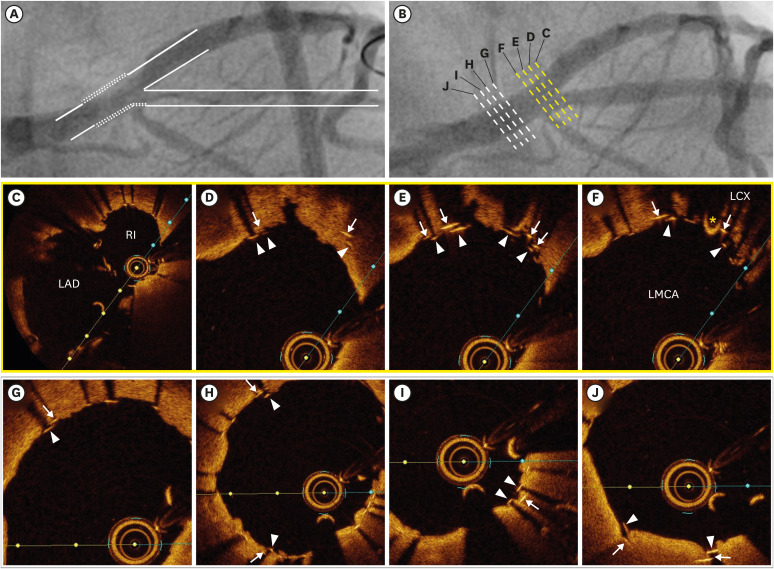Korean Circ J.
2020 Aug;50(8):740-742. 10.4070/kcj.2020.0026.
Successful Culotte Stenting for Unprotected Left Main Trifurcation Disease: Insights from Optical Coherence Tomography
- Affiliations
-
- 1Division of Cardiology, Department of Internal Medicine, Yonsei University College of Medicine and Cardiovascular Center, Yongin Severance Hospital, Yongin, Korea
- 2Division of Cardiology, Department of Internal Medicine, Severance Cardiovascular Hospital, Yonsei University College of Medicine, Seoul, Korea
- KMID: 2505131
- DOI: http://doi.org/10.4070/kcj.2020.0026
Figure
Reference
- Full Text Links
- Actions
-
Cited
- CITED
-
- Close
- Share
- Similar articles
-
- Successful Primary Percutaneous Coronary Intervention without Stenting: Insight from Optimal Coherence Tomography
- Availability of Optical Coherence Tomography in Diagnosis and Classification of Choroidal Neovascularization
- Seven Fractures in Three Second Generation Drug Eluting Stents Implanted in the Right Coronary Artery Assessed by Using Optical Coherence Tomography
- Stenting of Unprotected Left Main Coronary Artery Stenosis without Anticogulation: Immediate and Late Outcomes
- Ocular Torsion Measured by Fundus Photographs and Optical Coherent Tomography in Normal Koreans


